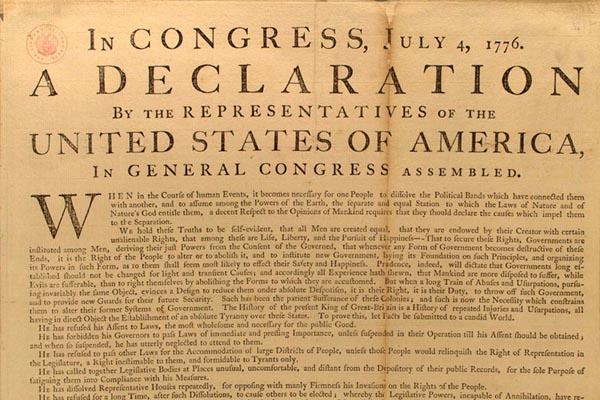"Effective strategists are not people who abstract themselves from the daily detail but quite the opposite: they are the ones who immerse themselves in it, while being able to abstract the strategic messages from it."
--Henry Mintzberg
The Battle of Passchendaele
The disturbance at the infamous World War I battle of Passchendaele (Third Battle of Ypres), conducted between July and November 1917, was not the wind but the rain, Northeastern France's heaviest rainfall in 30 years. It was sunny when the plans were made at corps headquarters; as a result, 275,000 British troops fell. 1
According to historians, the goal of the British commander, Sir Douglas Haig, was to destroy German submarine bases on Belgium's northeast coast. Going through British-held Ypres was the chosen route.
 |
Sir Douglas Haig, Commander in Chief, British Armies, World War I
(C) The Long, Long Trail UK |
The critics argued that the planning of Passchendaele in the fields of Flanders was carried out in almost total ignorance of the conditions under which the battle had to be fought. No senior officer from the Operations Branch of the General Headquarters, it was claimed, ever set foot (or eyes) on the Passchendaele battlefield during the four months that the battle was in progress. 2
 |
Battle of Passchendaele Map
(C) NZ History |
Daily reports on the condition of the battlefield were first ignored, then ordered discontinued. Only after the battle did the Army chief of staff learn that he had been directing men to advance through a sea of mud. 3
The "great plan" was implemented despite the effect of the steady, drenching rain on the battlefield--despite the fact that the guns clogged, that soldiers carrying heavy ammunition slipped off their paths into muddy shell holes and drowned, that the guns could not be moved forward and the wounded could not be brought backward. 4
The book "A Short History of World War I" says: "Still the attack went on; they slept between sheets at corps headquarters and lamented that the infantry did not show more offensive spirit."
"A staff officer ... came up to see the battlefield after it was all quiet again. He gazed out over the sea of mud, then said half to himself, "My God, did we send men to advance in that?" after which he broke down weeping, and his escort led him away."5
Canadians to the Front
A Canadian Corps of 100,000 strong was ordered to the Passchendaele front, east of Ypres, in mid-October 1917 to relieve New Zealand and Australian troops.
Sir Arthur Currie, commander of the Canadian Corps, objected to the battle, fearing a significant number of soldiers would lose their lives due to the physical conditions of the terrain. But, under orders, Currie began getting his troops ready to fight, knowing deliberate preparations, primarily for artillery and engineers, were the key to advancing over the damaged landscape.
Nearly 16,000 Canadian soldiers fell in battle between mid-October and mid-November while capturing the targeted ridge. 6
Passchendaele Battle Summary
105: Number of days battle lasted
275,000: Casualties under British command (average 2,100 per day)
220,000: Casualties under German command
90,000: Number of bodies never identified (42,000 not recovered)
4.25 million: Estimated number of shells fired
Source: Casualties and Munitions
__________________
In Flanders Fields
In Flanders fields, the poppies blow
Between the crosses, row on row,
That mark our place; and in the sky
The larks, still bravely singing, fly
Scarce heard amid the guns below.
We are the Dead. Short days ago
We lived, felt dawn, saw sunset glow,
Loved and were loved, and now we lie
In Flanders fields.
Take up our quarrel with the foe:
To you, from failing hands, we throw
The torch; be yours to hold it high!
If ye break faith with us who die
We shall not sleep, though poppies grow
In Flanders fields.
--Canadian Lieutenant-Colonel John McCrae
Sources:
1. Henry Mintzberg
2. M. D. Feld
3. Ibid
4. J. L. Stokesbury
5. Ibid
6. Canadian Museum of War
Strategist.com
(C) Bredholt & Co.









